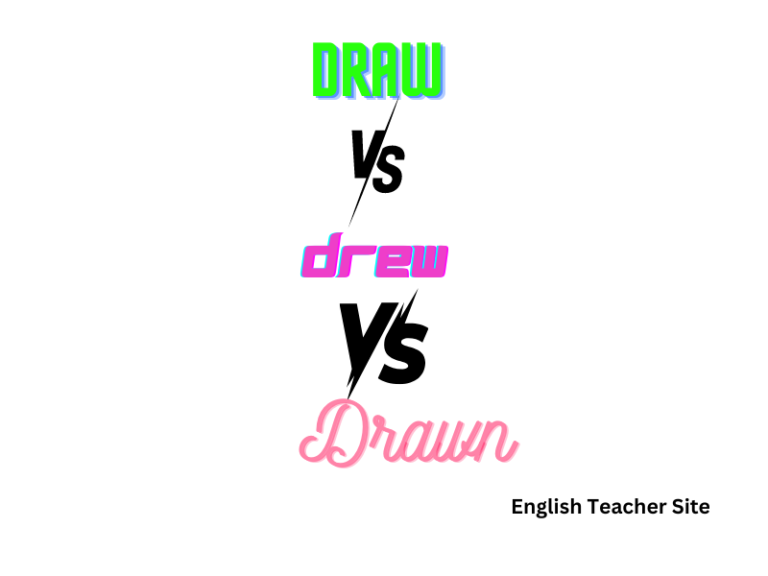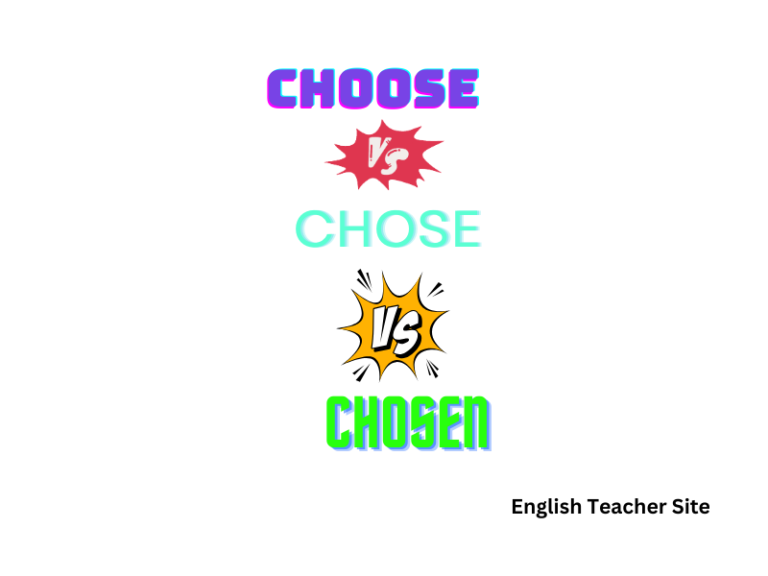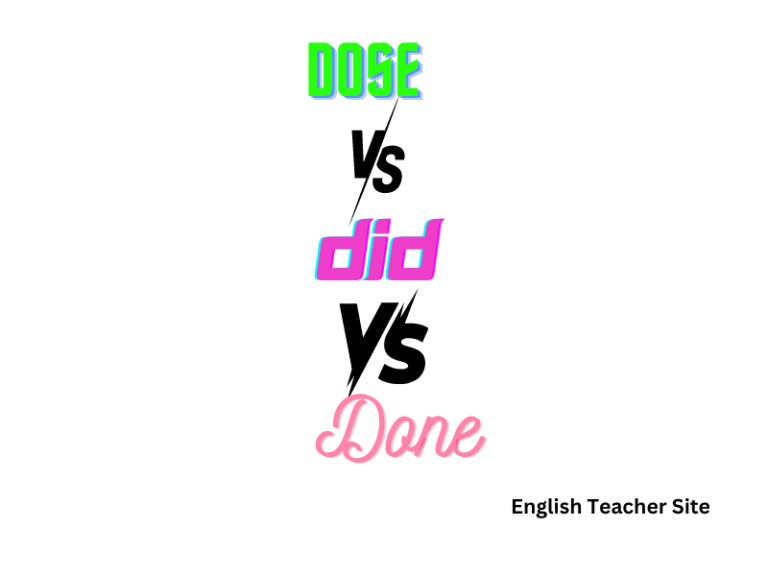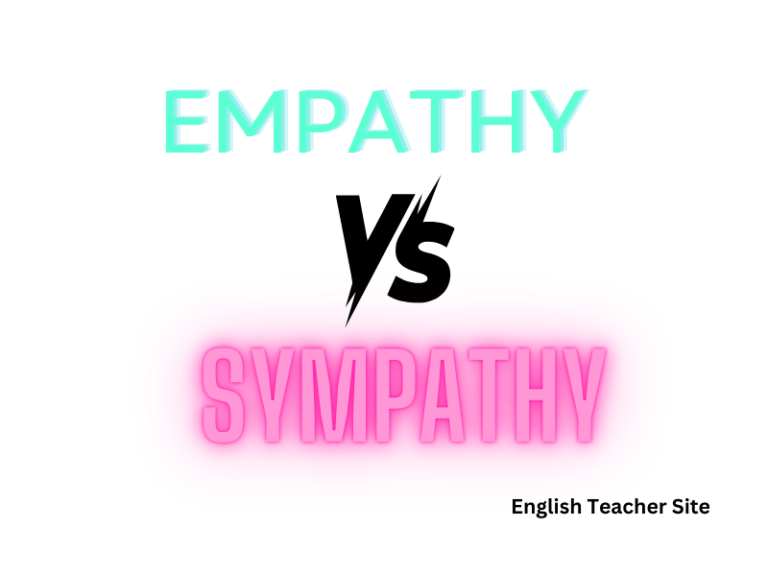Whats the Past Tense of Draw: Drew or Drawn? Unveiling the Correct Usage
The word “drawn” is not the past tense but rather the past participle form of “draw,” which is used differently, often in perfect tenses. For instance, “I have drawn a circle.” The action is completed in relation to the present or another point in time. Recognizing the difference between these forms ensures clarity when conveying…










